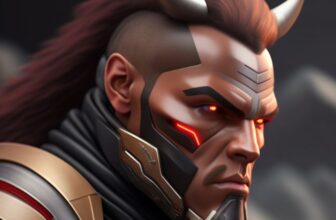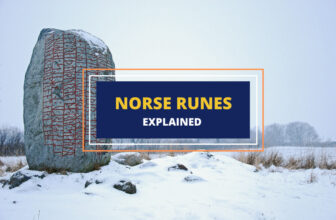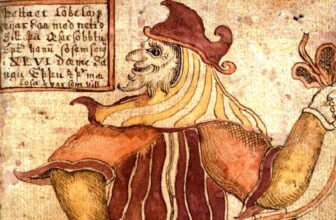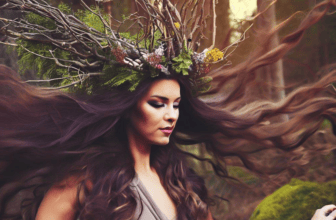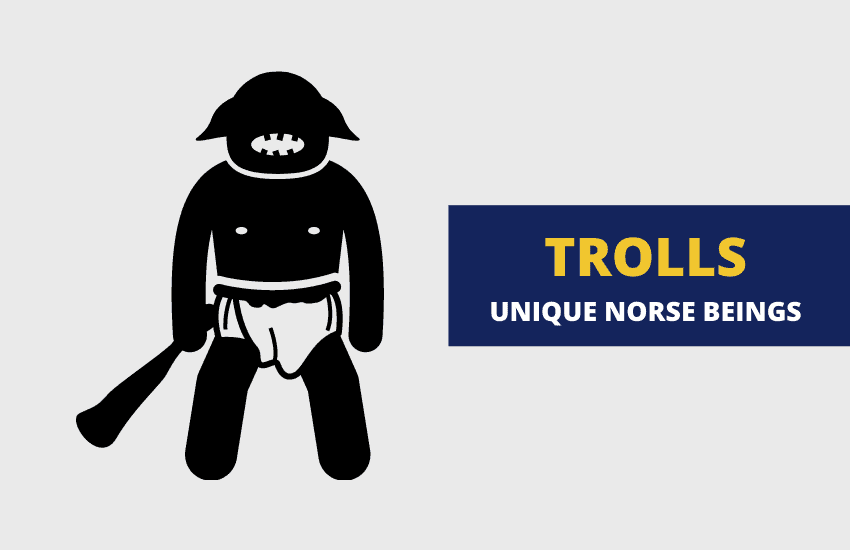
Table of Contents
Norse mythology has given many unique creatures, myths, and symbols to the world, and chief among them are the various types of Norse trolls. Typically depicted as large, grotesque, physically strong, and relatively dim-witted, Norse trolls have permeated modern culture.
However, many of these modern depictions have deviated from the original depictions of Norse trolls. Here’s a look at the way Norse trolls were depicted and how they became so significant.
What are Norse Trolls Exactly?
Depending on how you define trolls, these mythical creatures can either have a very distinct and easily defined look or can be a large family of many different beings.
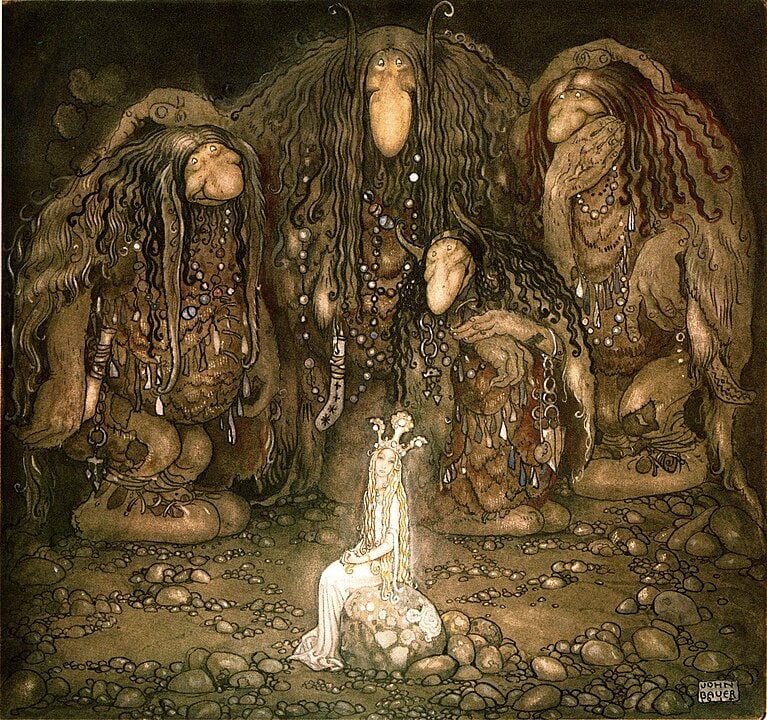
However, the quintessential Norse and Scandinavian trolls are easy to describe. They were much larger than a normal human – from two or three times the size of an adult man to up to ten times as big. They were also quite ugly with very exaggerated and malformed faces and limbs, as well as large and round bellies.
All that ugliness came with lots of physical strength too, however, and a single troll was sometimes described to be powerful enough to wipe out entire villages and all their warriors. Trolls were said to be lacking in the mental department, and were as slow to think as they were to move around.
In terms of their habitat, trolls in Norse mythology usually dwelled deep in the forests or high in inaccessible mountain caves. The myth about trolls living under bridges came later on from the Norwegian fairy tale Three Billy Goats Gruff (De tre bukkene Bruse in Norwegian).
Generally, trolls behaved much like bears – large, powerful, slow, and living away from big towns. In fact, trolls were often said to have had bears as pets with them.
Trolls, Giants, and Jötnar – Different Versions of the Same Creature?
If that’s the stereotypical Norse troll then what about Norse giants and jötnar (jötunn singular)? Depending on the scholar you ask, the myth you read, or its translation, trolls, giants, and jötnar are all variations of the same mythical creature – giant, ancient, either evil or morally neutral beings who are antagonists to the Asgardian gods in Norse mythology.
Most scholars do tend to agree that trolls are different from giants and jötnar, however, and that even the latter two are not exactly the same thing. Jötnar, in particular, are usually described as primordial beings that predate even the Asgardian gods as they were born from the flesh of the cosmic giant Ymir – the personification of the cosmos itself.
However, if we are to describe “Norse trolls” as a broad family of giant ancient beings, then jötnar and giants can be viewed as types of trolls.
Are There Other Types of Trolls?
Similar to the giants and jötnar dilemma, some schools of thought maintain that there are many other Norse beings that can be counted as members of the “Norse troll family”. Many of those aren’t even large in size but are either as big as humans or even smaller.
A famous example are the huldrefolk and the female huldra creatures in particular. These beautiful ladies of the forest look like fair human or elf maidens and can only be distinguished by their long cow’s or fox’s tails.

Some would also count the Nisse, Risi, and þurs (Thurs) as types of trolls but, like the huldra, they are probably better off viewed as their own types of creatures.
Trolls and Pagans
As Scandinavia and the rest of Northern Europe were eventually Christianized in later years, many Norse legends and mythological creatures were incorporated into the new Christian mythology. Trolls were no exception and the term quickly became synonymous with pagan tribes and communities who continued to live high In the Scandinavian mountains, away from the quickly growing Christian towns and cities. This seems to be more of a resentful term rather than a literal one.
Are There Any Famous Trolls in Norse Mythology?
There are many famous giants and jötnar in Norse mythology but trolls – not so much. Unless we count fairy tale trolls, the ones in the ancient Norse sagas are usually left unnamed.
Importance of Trolls in Modern Culture
Trolls have come a long way since their inception in the ancient Nordic and Germanic folk tales. Today, they are a mainstay in almost every fantasy world created by authors, filmmakers, and video game studios.
From Tolkien’s Lord of the Rings to famous video game franchises such as World of Warcraft, different types and varieties of trolls are as common as elves, dwarves, and orcs. Disney frequently uses trolls in its movies, from Frozen to the Trolls movies, which has popularized these creatures among children.
The term has become so popular that it’s even used as internet slang for anonymous internet users who start flame wars and try to upset others online.




